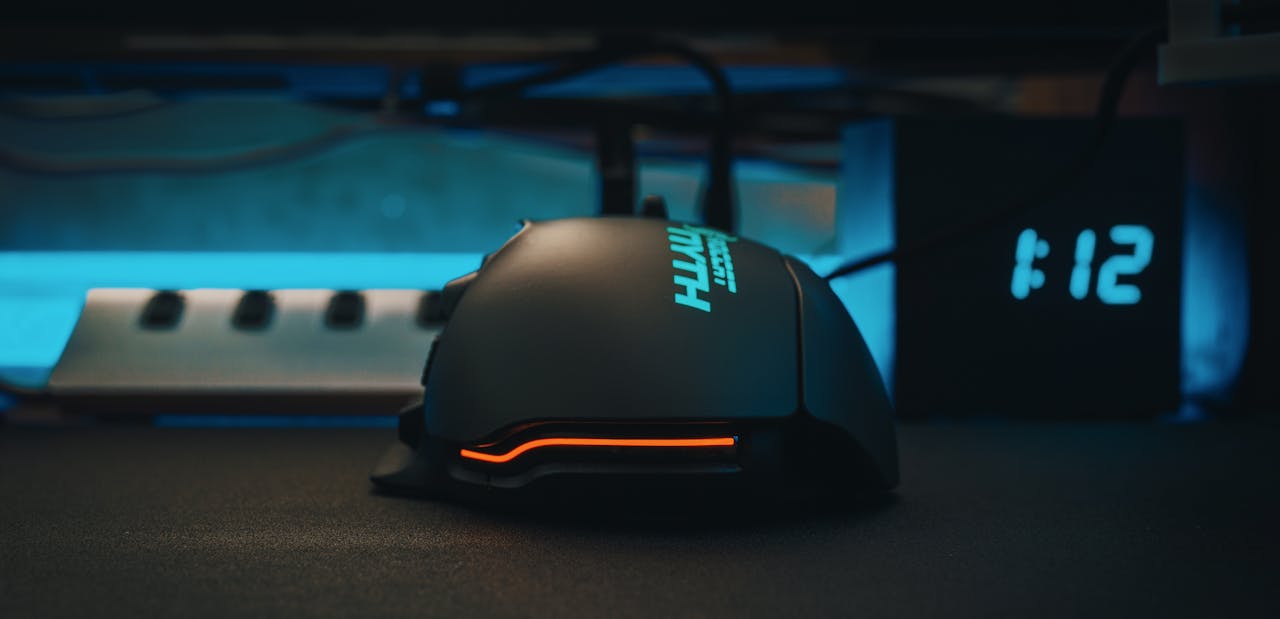In the changing dynamics of labor management, geofencing technology is a game-changer as a feature in the Time and Attendance System Philippines. With companies embracing hybrid work environments, mobile field operations, and off-site workers, conventional biometric systems are no longer adequate by themselves. Geofencing is an area-based solution that positions employees to clock in and out only if they are within a given geographical fence. This promotes transparency, reduces false entries, and assists firms in better managing off-site or remote staff.
What is Geofencing and how does it work?
Geofencing is a virtual boundary drawn around a given geographic area using GPS, RFID, Wi-Fi, or cellular location. When incorporated with time and attendance systems, it prohibits or permits workers from clocking their time only when they are actually within the given area, such as an office, building site, warehouse, or client premises. In the Philippines, where mobile workforces are prevalent in sectors such as logistics, sales, construction, and healthcare, geofencing makes sure that staff attendance is monitored properly even beyond conventional office premises.
The system operates through a mobile application or device that is downloaded on the employee’s smartphone. When the employee is within the planned location, the system allows for clock-in or clock-out. When the user is beyond the geofence, the application blocks access to avoid misentries. Other systems even give HR teams real-time notifications when employees try to record time from an unauthorized location.
Benefits of Geofencing Technology in the Philippine Context
Accurate Attendance Tracking for Remote and Field Employees
In the Philippines, numerous firms send personnel to satellite offices, customer locations, or field work where biometric readers are not present. Geofencing keeps track of attendance accurately without the need for fixed equipment. For instance, salespeople calling on customers around Metro Manila or delivery personnel working in the provinces can check in the moment they reach their designated point of assignment. This gives an unalterable and verifiable record of the hours they worked.
Reducing Time Fraud and Unauthorized Clock-Ins
One of the largest challenges in time tracking is “time theft,” where employees log in from home or assign clock-ins to colleagues. Geofencing stops abuse from happening since clock-in access is tied to a physical location. If a worker tries to cheat the system outside the geofence, the transaction will be rejected or flagged. In industries with high compliance levels, such as finance or government in the Philippines, this feature puts an essential accountability layer on top.
Enhanced Flexibility for Hybrid and Flexible Work Arrangements
With remote and hybrid work arrangements becoming increasingly prevalent in Philippine businesses, geofencing enables organizations to define various allowed zones such as home offices, co-working offices, and client locations. Such flexibility accommodates contemporary work arrangements while still keeping workers productive and accountable. It also enables businesses to increase workforce location without compromising time management control.
Real-Time Monitoring and Location-Based Practices
Geofencing-capable systems allow HR and operations managers to see real-time location-based information. They can produce reports indicating where and when every worker clocked in and out, enabling more effective management of scattered teams. For businesses that have numerous project locations, such as builders or telecommunications operators in the Philippines, this information facilitates workforce deployment, route optimization, and task scheduling.
Challenges and Considerations in Using Geofencing
Dependency on Mobile Devices and GPS Accuracy
For geofencing to be successful, workers must enable location services on their mobile phones. Where GPS signals are weak or mobile data is spotty—i.e., in mountainous provinces or far-flung barangays—there can be timing and/or failure in geofence detection. Furthermore, if a worker’s device is off, drained of battery, or disallows location access, attendance recording becomes impossible. Philippine companies have to make sure their workforce is armed with compatible and properly set-up devices.
Privacy Concerns and User Resistance
Employee location tracking, even for attendance, poses privacy and data use concerns. Employees might be uneasy about being tracked, particularly if they work remotely. Firms should ensure that geofencing policies are in concordance with the Philippines’ Data Privacy Act of 2012, such as notifying users why their location information is being collected, stored, and secured. Clear communication and training of employees are necessary to establish trust and proper technology utilization.
Battery Drain and App Performance
Geofencing-based mobile apps can drain battery life and data, particularly if they continuously run in the background. Users can report delays or disable permissions for their battery saving, compromising system performance. It is up to application developers and IT professionals in the Philippines to strike a balance between functionality and device efficiency, lest they have a detrimental effect on the user experience.
Best Practices for Implementing Geofencing in the Philippines
To reap the maximum benefits of geofencing, Philippine firms must adopt a systematic approach:
First, establish precise and sized geofences for every location. The radius must not be too small, so detection is hampered, nor too broad, so security is compromised.
Second, issue compatible mobile phones to employees and ensure they know how the system operates, such as the mode in which location settings are enabled and how frequently problems are addressed.
Third, collaborate with a local time and attendance solution provider that is familiar with Philippine labor standards and can provide customization, support, and compliance capabilities.
Fourth, consolidate geofencing information with current HR and payroll systems to simplify attendance tracking and eliminate redundant entries.
Finally, perform regular audits and refreshes to enhance geofencing accuracy, update policies, and adapt to changing company operations or regulatory guidelines.
Key Takeaway
Geofencing technology is revolutionizing the way Philippine companies monitor employee time, particularly in non-traditional and mobile work settings. By establishing virtual boundaries for recording time, firms can enhance accuracy, lower fraud, and better manage remote workers. Although issues like connectivity, privacy, and device constraints are present, effective implementation and employee participation can overcome these challenges. With the Filipino workforce becoming location-diverse and flexible, geofencing provides a scalable and secure solution for future time and attendance management.
